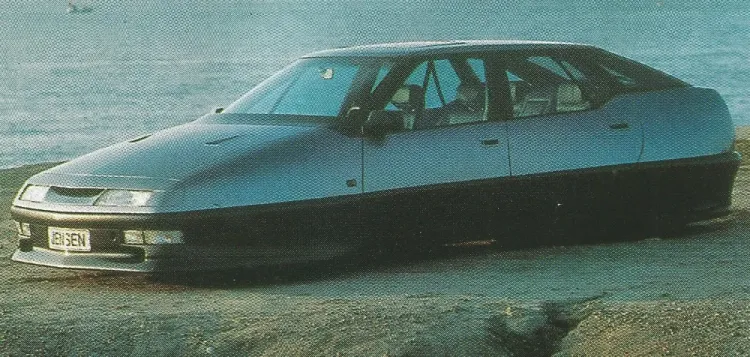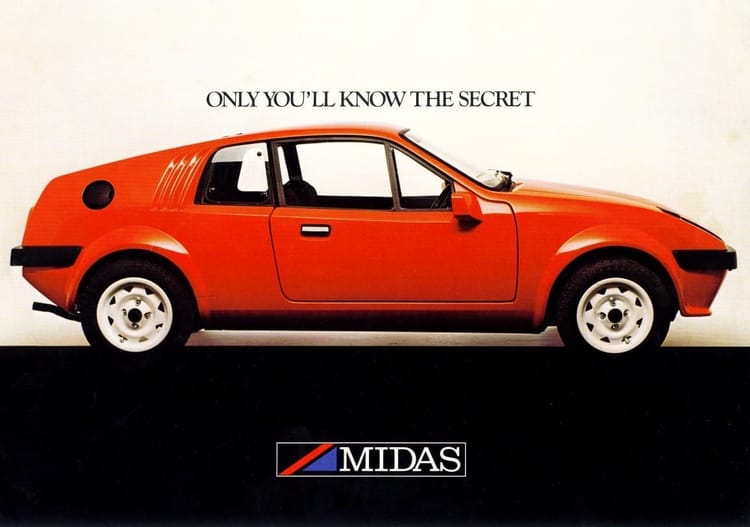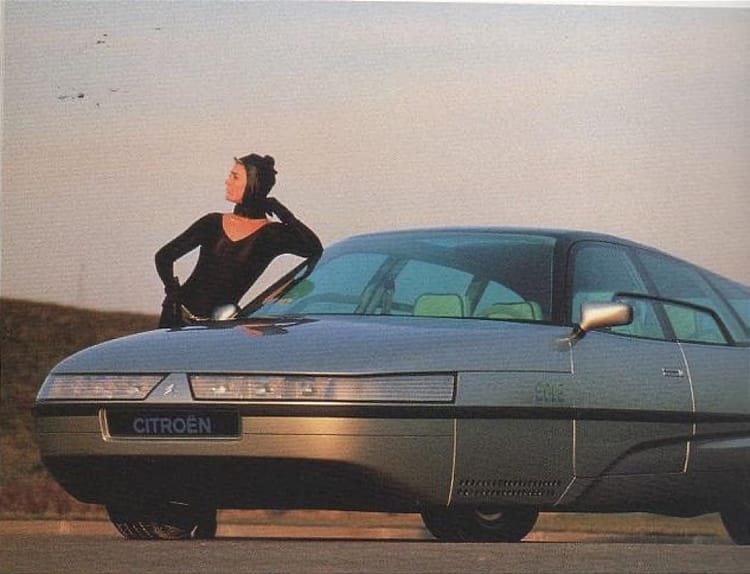Saturn Vue Red Line
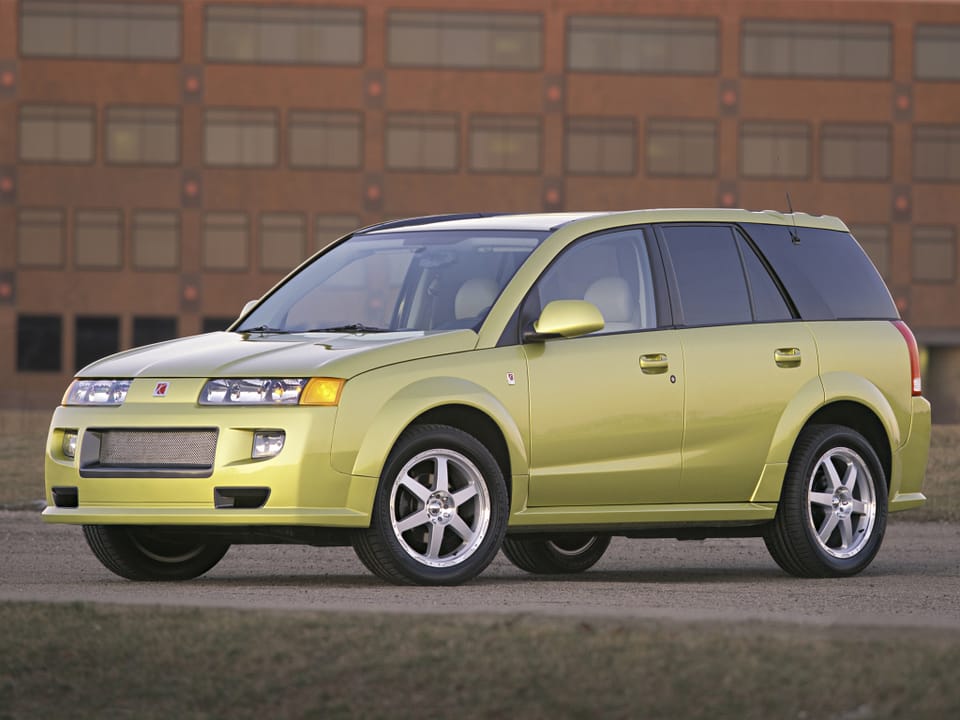
Delusional thinking is an epidemic.
Just because I’m not spending every issue writing about wealth inequality, government treachery, increasingly shady A.I. ‘innovation’, and the rise of fascism doesn’t mean I’m not thinking about it, or up on the news, or am operating without an opinion.
It’s because many don’t see a connection between the above and the cars we drive that I’ve been quietly simmering away. How to think about weird cars in a post-truth society?
Today’s story isn’t about a garagista-built unicorn classic, nor a revolutionary model we’ve all forgotten about, but a terrific example of how boardroom politics and economic forces far beyond any automaker’s control can determine the very makeup of vehicles we know, love, and drive.
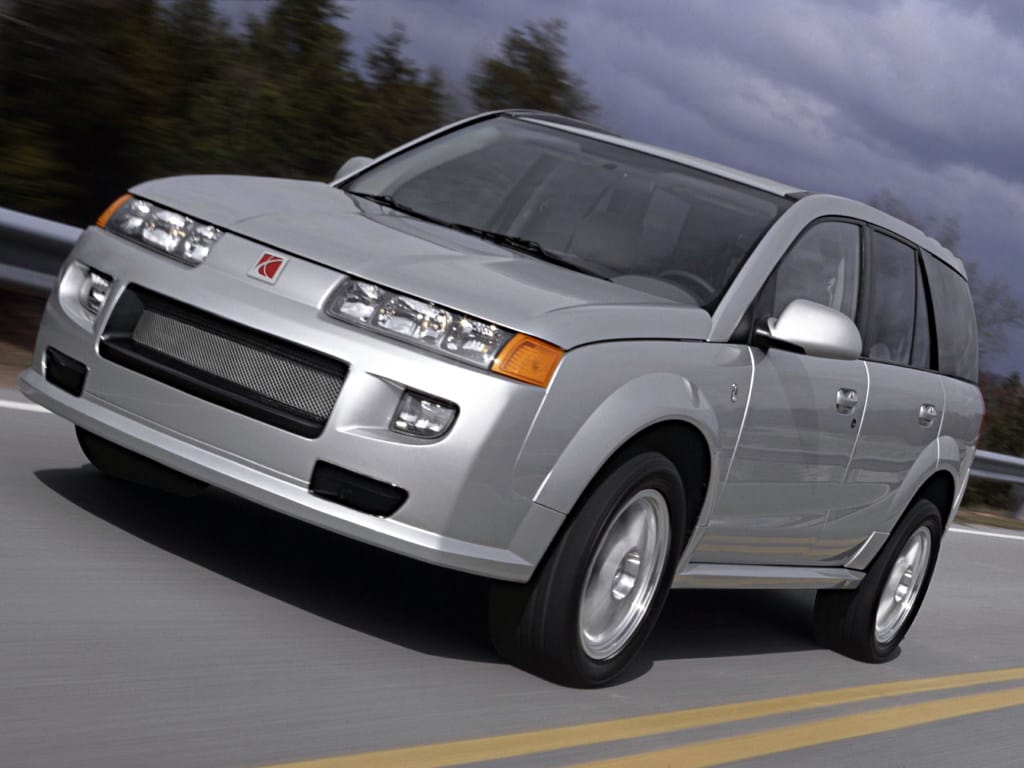
👆 Their looks
👇 Their personality

What, do you think GM engineers, tasked with building a mid-sized SUV for the North American market, called their bosses and begged to have a Honda engine put into Saturn’s best-selling model?
So that people could look out over all-in-one PC of a dashboard with the confidence of a Honda engine at their right foot? You crazy.
Surely, those same bosses would then ask simple questions, like, “Well what happens if we put an engine not designed for our SUV…into our SUV?” and “You want our mechanics to start ordering Honda parts?”
“A Honda engine would make a better car” is the correct answer outside of GM, and the wrong answer from within it. When the Vue was revamped in 2009, the Japanese company’s V6 was dropped.
Here, like with end of life Saab, 9-7x Aero amirite?, you had teams of Saturn designers and engineers doing their very best with what they had, with the deals that had been done, and they passed the somewhat sweet savings along to us.
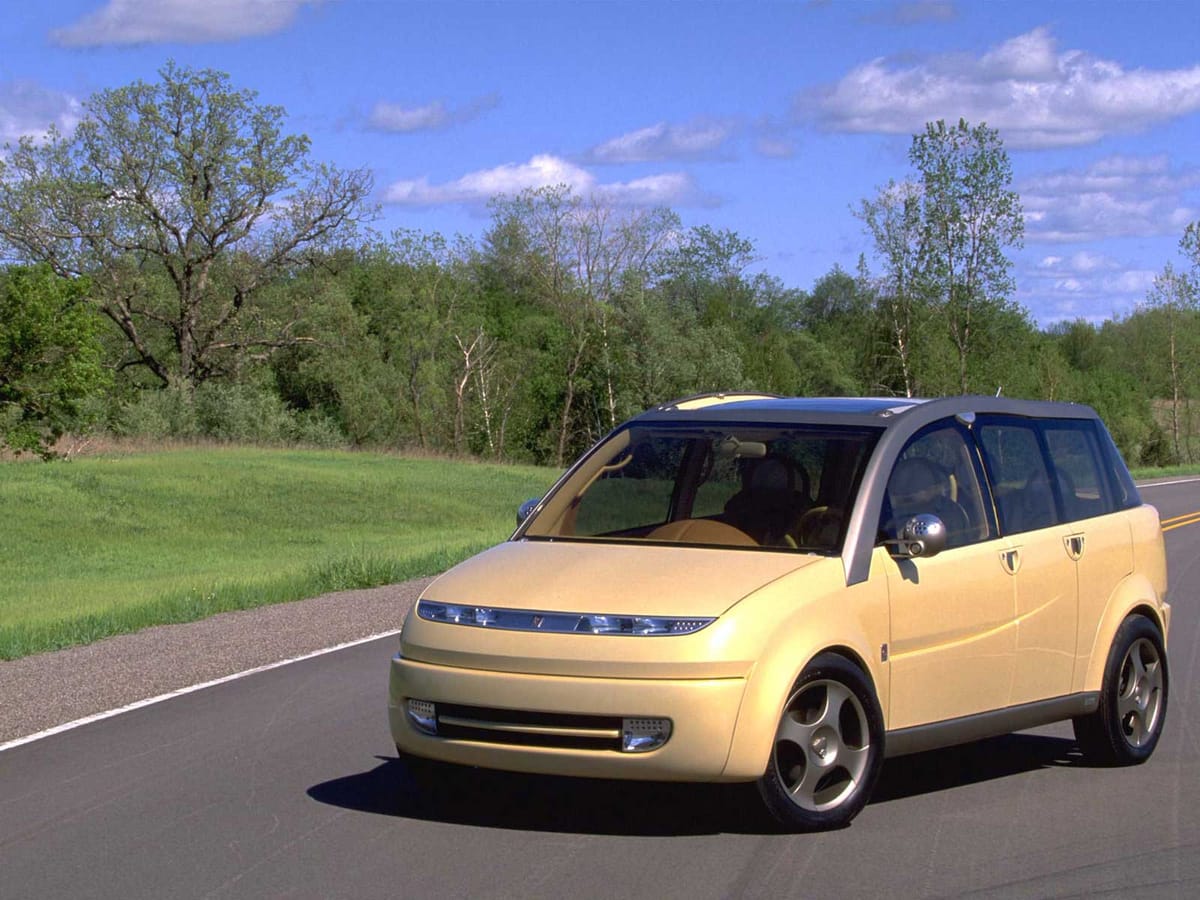
The Vue was popular enough for its time, sure, but more people bought something else. It has since aged like a weird car.
I’ve driven them all from this era: next to a contemporary Chevrolet Equinox or Pontiac Torrent, the Vue had more innovative body panels and its styling looked crisp in the face of its corpo nothingburger relatives.
Auto planners work years in advance, but: “Take the Honda engine, we’re going bankrupt, and Saturn is doomed anyway,” is unlikely to have ever made it onto a forward-thinking RenCen PowerPoint.
Considering how the last 20 years have gone, how is an affordable mainstream-adjacent Honda engined, GM built, plastic bodied, sports-tuned, suede-over-leather crossover car not weird?
Not Alcantara. SUEDE, like the band.
From the Saturn CV1, what happened?
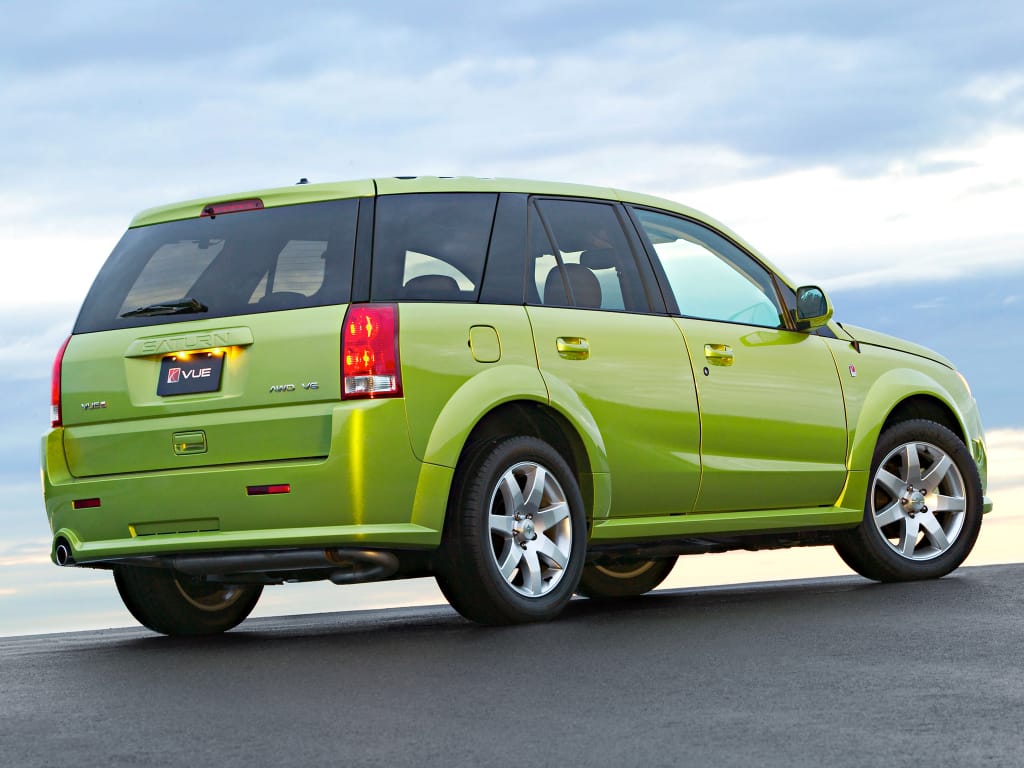


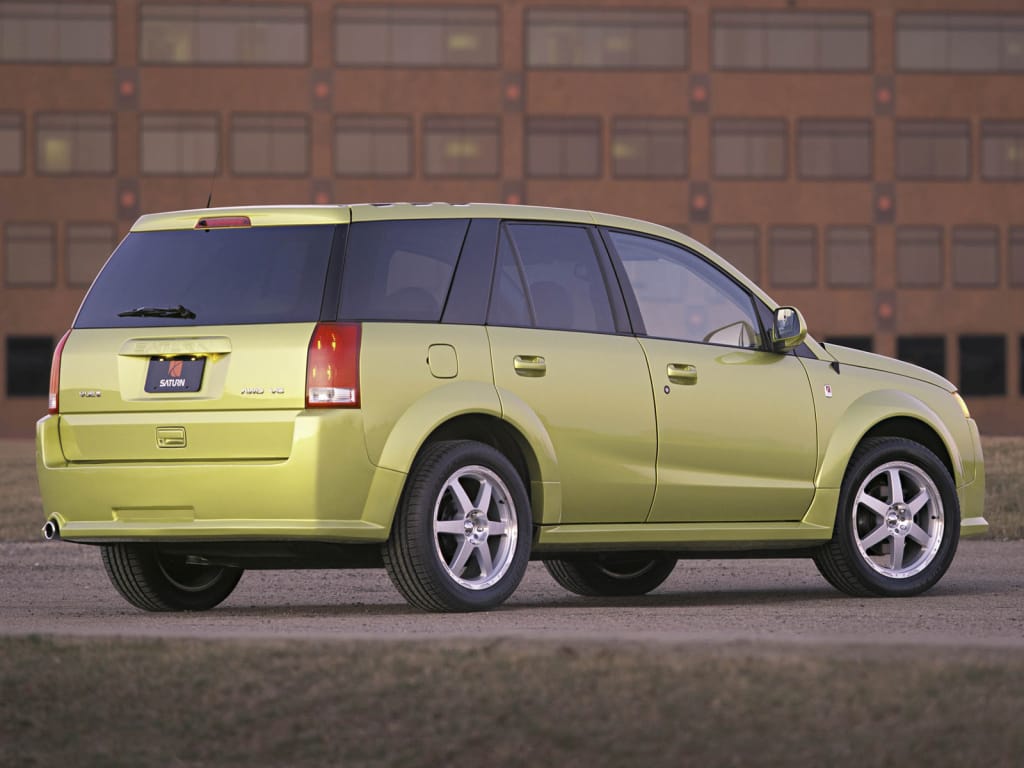
Why does the Vue Red Line look so stern? • Saturn
The one you’ll want to crush over is, officially, a 2004-2007 Saturn Vue Red Line, which GM made (correct me if I’m wrong, Rick Wagoner) approximately only 5,000 of.
Problem is, because its relative rarity and the ability to part out its Honda engine are two of the only things going for a Vue Red Line, now they are treated as either dirt cheap transportation or a future collector’s item, with little room between those extremes.
In Honda land, this engine was made for the Odyssey minivan and Pilot SUV. In GM land, this very mainstream V6 made for a spicy performance crossover.
Motorweek review? You bet.
You’ll notice I didn’t quote many specs, because a 250-odd horsepower American crossover with a practical interior and no touchscreen sounds pretty good right about now.
Wouldn’t want y’all to get too jealous.
(It could also play .mp3s.)
Saturn itself died while people still had payments and extended warranties on these cars, giving owners fewer reasons to stick with their foxy, boxy crossovers.
If you remember these when they were new, go ahead: try to find ‘em today.
Sometimes, the weird part is how our desire for certain cars can evolve.
I can’t be the only one who still thinks about driving a first-generation Vue Red Line. In 2025, what’s a little delusional thinking?



